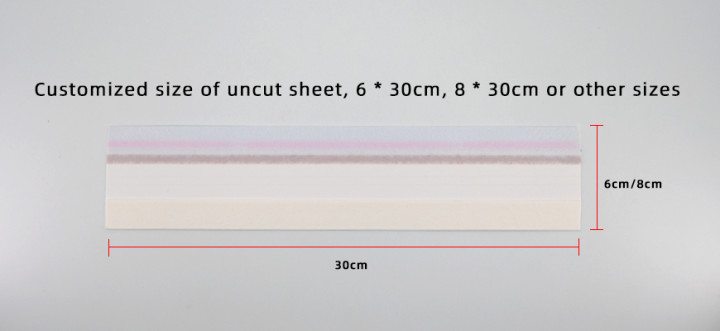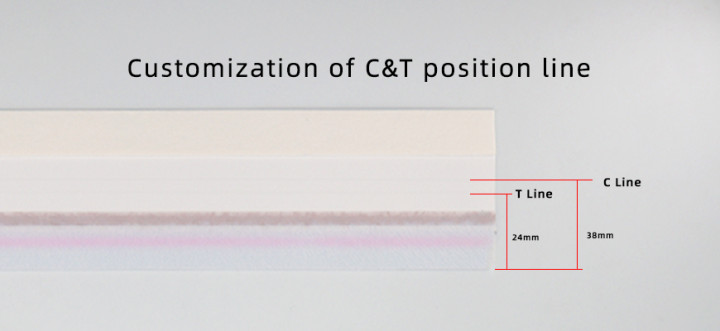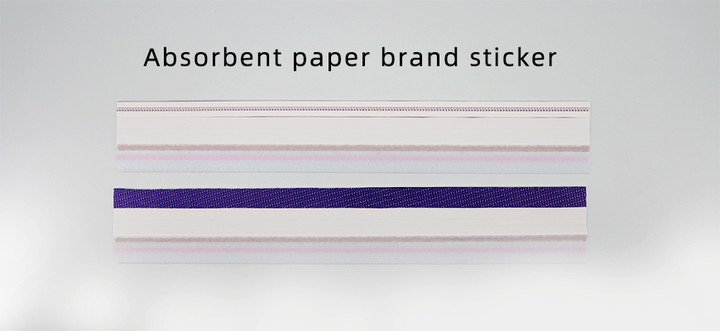Detailed description
Inspection method
There are three main diagnostic methods for toxoplasmosis: pathogenic diagnosis, immunological diagnosis and molecular diagnosis. Pathogenic examination mainly includes histological diagnosis, animal inoculation and isolation, and cell culture. The common serological diagnostic methods include dye test, indirect hemagglutination test, indirect immunofluorescence antibody test and enzyme linked immunosorbent assay. Molecular diagnosis includes PCR technology and nucleic acid hybridization technology.
The pregnant physical examination of expectant mothers includes an examination called TORCH. TORCH is a combination of the first letter of the English name of several pathogens. The letter T stands for Toxoplasma gondii. (The other letters represent syphilis, rubella virus, cytomegalovirus and herpes simplex virus respectively.)
Check principle
Pathogen examination
1. Direct microscopic examination of the patient’s blood, bone marrow or cerebrospinal fluid, pleural and ascites, sputum, bronchoalveolar lavage fluid, aqueous humor, amniotic fluid, etc. for smears, or lymph nodes, muscles, liver, placenta and other living tissue sections, for Reich or Ji staining microscopic examination can find trophozoites or cysts, but the positive rate is not high. It can also be used for direct immunofluorescence to detect Toxoplasma gondii in tissues.
2. Animal inoculation or tissue culture Take the body fluid or tissue suspension to be tested and inoculate it into the abdominal cavity of mice. Infection can occur and pathogens can be found. When the first generation of inoculation is negative, it should be passed on blindly for three times. Or for tissue culture (monkey kidney or pig kidney cells) to isolate and identify Toxoplasma gondii.
3. DNA hybridization technology Domestic scholars used 32P labeled probes containing specific DNA sequences of Toxoplasma gondii for the first time to conduct molecular hybridization with cells or tissues DNA in patients’ peripheral blood, and showed that specific hybridization bands or spots were positive reactions. Both specificity and sensitivity were high. In addition, polymerase chain reaction (PCR) has also been established in China to diagnose the disease, and compared with probe hybridization, animal vaccination and immunological examination methods, it shows that it is highly specific, sensitive and fast.
Immunological examination
1. Antigens used to detect antibody mainly include tachyzoite soluble antigen (cytoplasmic antigen) and membrane antigen. The antibody of the former appeared earlier (detected by staining test and indirect immunofluorescence test), while the latter appeared later (detected by indirect hemagglutination test, etc.). At the same time, multiple detection methods can play a complementary role and improve the detection rate. Because Toxoplasma gondii can exist in human cells for a long time, it is difficult to distinguish current infection or past infection by detecting antibodies. It can be judged according to the antibody titer and its dynamic changes.
2. Detection antigen is used to detect pathogens (tachyzoites or cysts) in host cells, metabolites or lysis products (circulating antigens) in serum and body fluids by immunological methods. It is a reliable method for early diagnosis and definite diagnosis. Scholars at home and abroad have established McAb ELISA and sandwich ELISA between McAb and multiantibody to detect circulating antigen in serum of acute patients, with a sensitivity of 0.4 μ G/ml of antigen.














